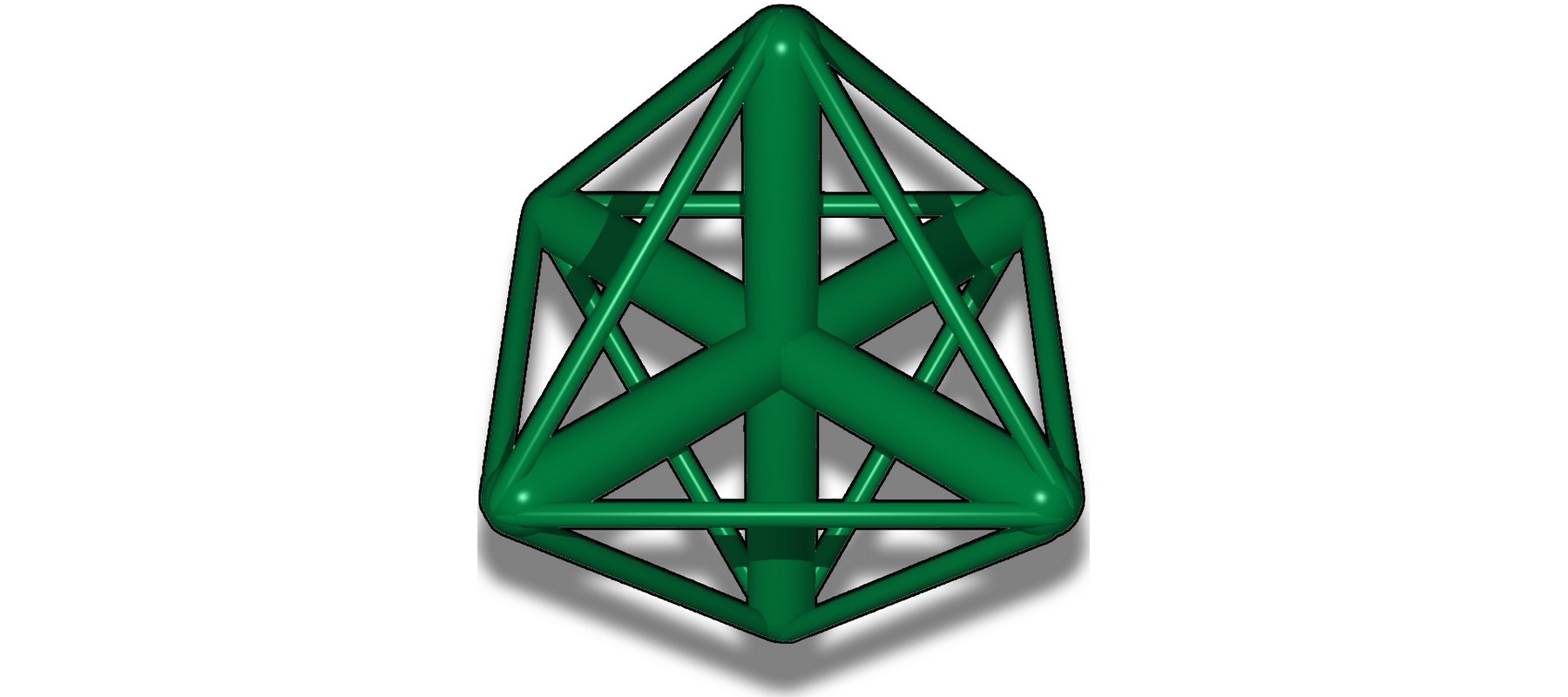The term The Simulacrum refers to a mathematical structure formally called The Full General Form of a Simulacrum (FuGFS). The FuGFS is the foundation of The Simulacrum System. The Simulacrum System was discovered by applying mathematics to the science of the analysis of fats and oils (soybean oil, olive oil, etc.). It began in 2002-04, when I, Dr. Wm. Craig Byrdwell, was writing Chapter 7 of my book Modern Methods for Lipid Analysis by Liquid Chromatography/Mass Spectrometry published by the American Oil Chemists' Society (AOCS) Press in 2004.
When advanced tools for analysis were applied to edible oils, Critical Ratios were developed that provided information about the availability of fats to digestion by our bodies, based on the structures of the fats. For complex fats, three Critical Ratios were used. The mathematics of how the Critical Ratios related to each other resulted in a three-level deep mathematical system called The Bottom Up Solution to the Triacylglycerol Lipidome, called simply The Bottom Up Solution, or BUS. The BUS was published in 2004 in the journal Lipids, under this citation:
1. Byrdwell, W.C., "The Bottom Up Solution to the Triacylglycerol Lipidome Using Atmospheric Pressure Chemical Ionization Mass Spectrometry", Lipids, 40(4):383-417 (2005), DOI: 10.1007/s11745-006-1398-9.
The fact that it is called The Bottom Up Solution indicates that the Simulacrum System had already been discovered by the time the article was published in 2004. The next publication was the first generalization where six Case solutions were simplified to three, titled The Updated Bottom Up Solution (UBUS), in 2015. Figure 4 in that publication is a knowledge-packed summary of the simpler 2-level deep nested UBUS function applied to simpler fats. From Fig. 3 in the BUS to Fig. 4 in the UBUS, it is obvious that the shape of the UBUS function is half of an octahedron.
2. Byrdwell, W. C., "The Updated Bottom Up Solution Applied to Mass Spectrometry of Soybean Oil in a Dietary Supplement Gelcap", Analytical and Bioanalytical Chemistry, 407(17):5143-5160 (2015), DOI: 10.1007/s00216-015-8590-9.
In the third publication, The Updated Bottom Up Solution was applied to two more types of mass spectrometry of fats. In one of those applications, I had to use the opposite ratio from the one I had used before. And correspondingly, I had to use the math that was the other half, the missing half, of the octahedron. The shape of the BUS was based on the choice of the first Critical Ratio to use. One of the solutions for the UBUS required the opposite Critical Ratio. That report, also from 2015 is found as follows:
3. Byrdwell, W. C., "The Updated Bottom Up Solution Applied to Atmospheric Pressure Photoionization and Electrospray Ionization Mass Spectrometry", Journal of the American Oil Chemists' Society, 92(11):1533-1547 (2015), DOI: 10.1007/s11746-015-2735-z.
The Critical Ratio used in the BUS was chosen because of the needs of the application, and represented half an octahedron. The Critical Ratio used in one application of the UBUS required the opposite, or inverse, Critical Ratio, and represented the other half of an octahedron. Putting the two halves together gave the Sum of All Possibilities (all solutions for a Critical Ratio and its inverse), and had the shape of a full octahedron. Combining the two halves, and generalizing the principles of the mathematics led to the realization that all of the work to develop it in the form of the BUS and UBUS based on mass spectrometry were special cases of an overall encompassing function, called The Simulacrum System.
4. Byrdwell, W. C., "The Simulacrum System as a Construct for Mass Spectrometry of Triacylglycerols and Others", Lipids, 51(2):211-227 (2016), DOI: 10.1007/s11745-015-4101-1.
The most important principle of The Simulacrum System is that it is based on consciousness; it is based on definitions of the units, numbers, ratios, or any symbols used, as expressed in the Interpretation Matrix. The Simulacrum System is composed of the Simulacrum Sum, Possibilities to Observe, Two Cases with Four Solutions each, and the Interpretation Matrix, which ties knowledge to the symbols used (for instance Critical Ratios). An example Simulacrum for the Simulacrum Sum of A and B is:
Simulacrum Sum (A, B) = SimSim(A,B) = Sum (A + B) =
(Possibilities to Observe: A, B, (A/B), (B/A);{
Case 1: A<=B,B>=A,(A/B)<=1,(B/A)>=1
A ( 1 + 1/(A/B) ) or B ( 1 + (A/B) )
A ( 1 + (B/A) ) or B ( 1 + 1/(B/A) )
Case 2: A>=B,B<=A,(A/B)>=1,(B/A)<=1
A ( 1 + 1/(A/B) ) or B ( 1 + (A/B) )
A ( 1 + (B/A) ) or B ( 1 + 1/(B/A) )
})
The function above is called the First General Form of a Simulacrum (FGFS), or simply The Simulacrum. It may also be referred to as the "aligned" form of a Simulacrum, because the magnitudes of the letters,numbers,values are aligned with the order of the Cases: A comes before (is less than) B as Case 1 is less than Case 2. The Full General Form of a Simulacrum contains both the First General Form of a Simulacrum above, and the Anti-Simulacrum (AS), or FuGFS = FGFS + AS. The Anti-Simulacrum is the unaligned Simulacrum, such that in the Anti-Simulacrum: A less than B is Case 2, while A greater than B is Case 1. Thus, all possibilities are accounted for, whether A is less than or equal to B and represents Case 1, or A is greater than B and is Case 2, or conversely A is less than B and represents Case 2, or A is greater than B and is Case 1. But we think of the default, or "normal", state to be the aligned stated where A<B is Case 1, not Case 2. Thus, we can think of everything (every defined number, ratio, value, symbol) in "normal" reality as being represented by the First General Form of a Simulacrum, FGFS, which can simply be called The Simulacrum.

